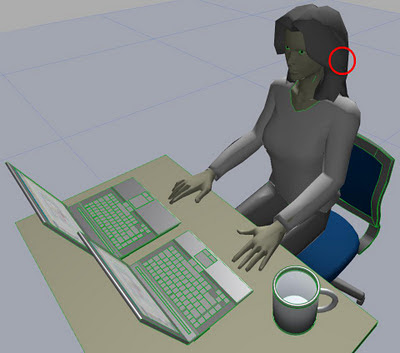There.
Done it, not quite like running a Marathon, but I’ve completed the year of BIM-blogging.
What did I achieve with it, apart from securing an ‘outlet’ for some of the frustration that would have been most likely bottled up and/or released on people least deserving?
Although my children forbid me telling jokes in front of anyone whose opinion they care about I’m still going to quote one I heard recently:
Chap asks a priest: Father, can I confess?
Priest responds: sure son, you don’t have a FB page?
What good did this commitment to dream up a ‘225 word daily snippet’ do to anyone else?
(got me out of cooking dinner and mostly doing the dishes too).
I learned that the BIM question continues to be a puzzling one, not because it is so hard to make sense of it, but because it DOES make sense and yet remains almost a totally unworkable idea.
It is also the classic case of the ‘tail wagging the dog,’ archaic people, customs, systems and processes running the show with little space left for thinkers and innovators.
I stay positive, helped by little-gems of people and ideas twinkling at me from unexpected places.
Still, let me dedicate this post to those colleagues of mine that start their conversations with:
“I know nothing about BIM but....”
Happy New Year!































